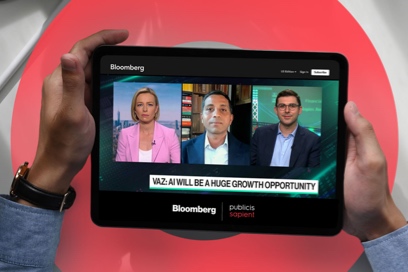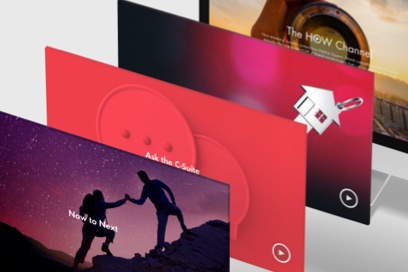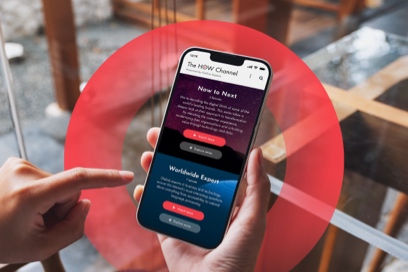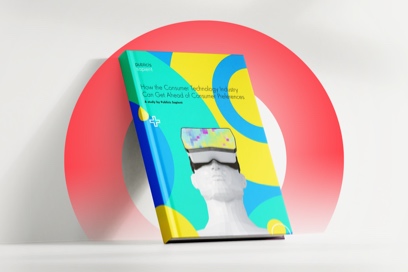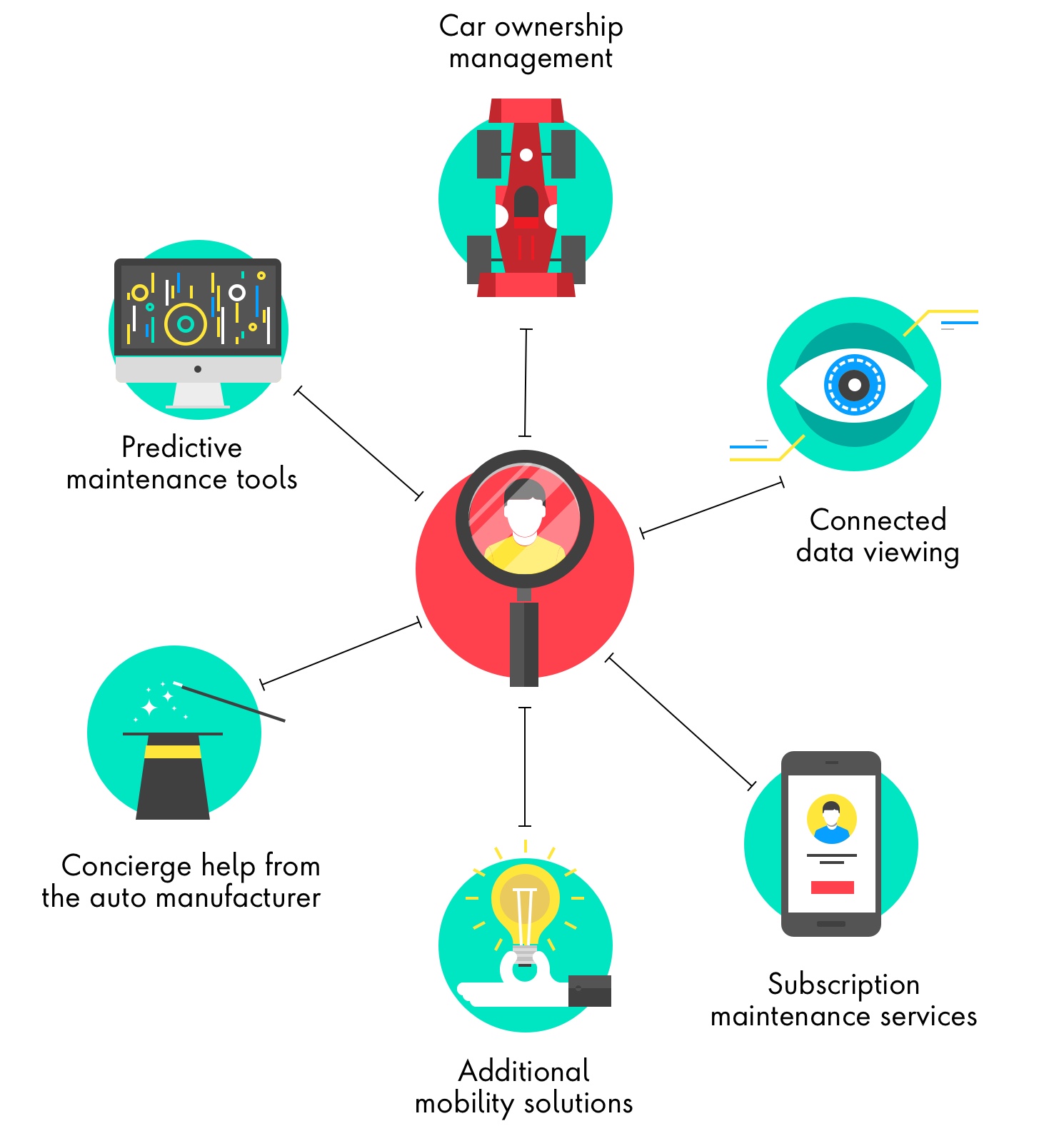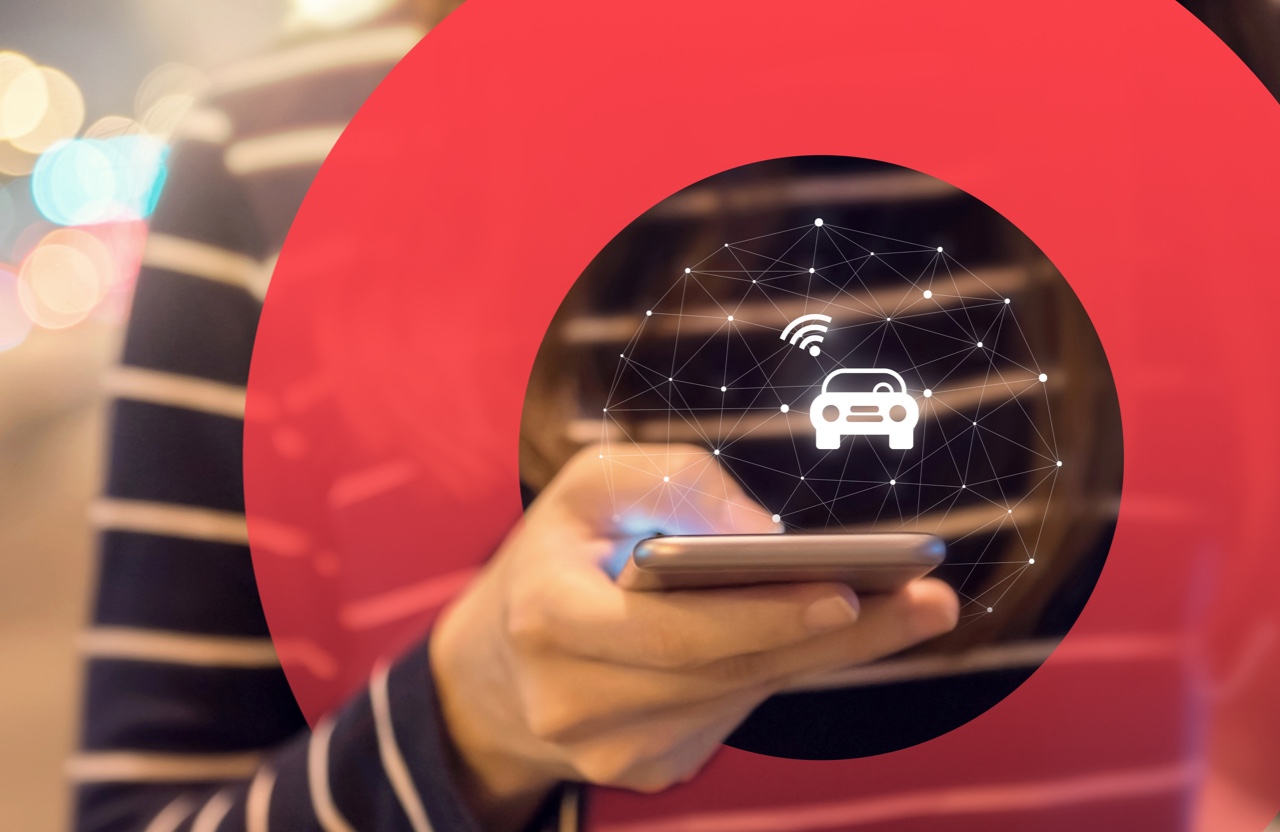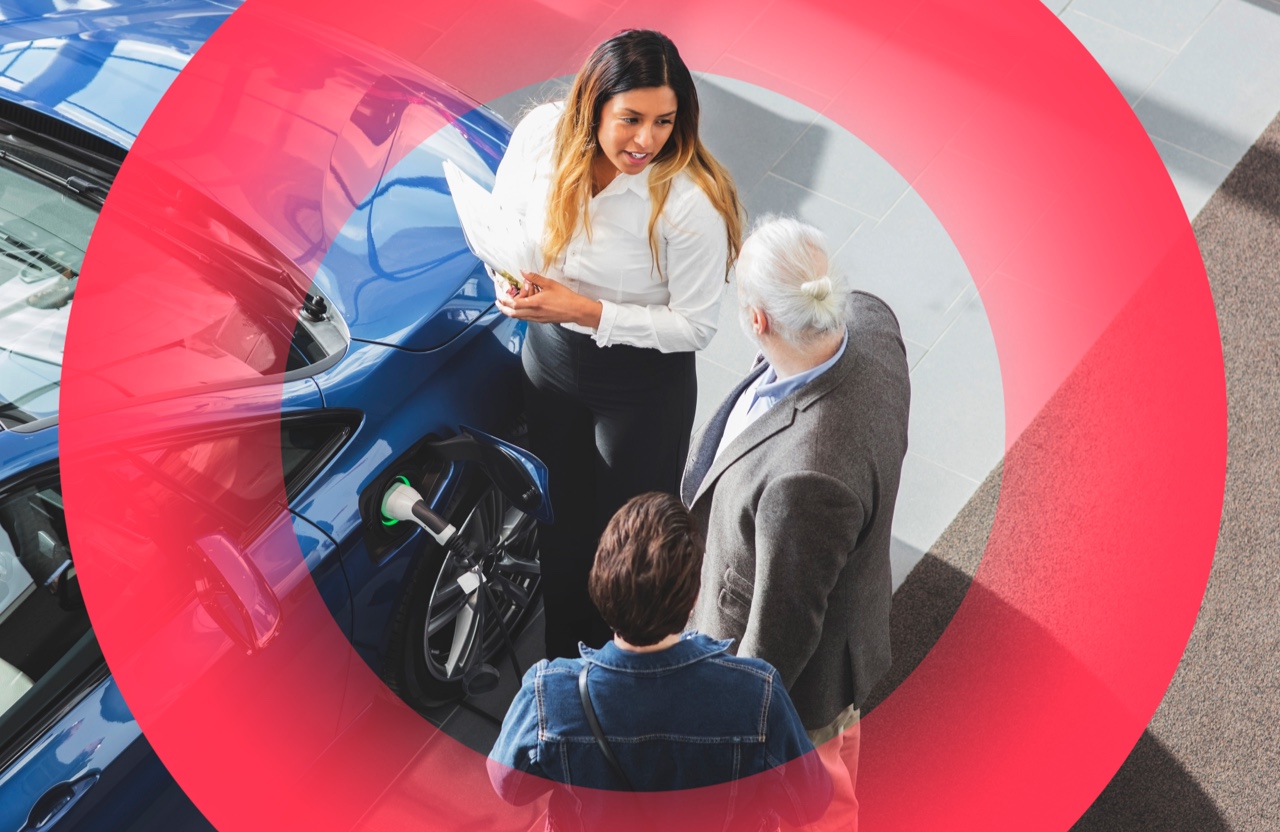Transportation & Mobility
The Power of Post-Purchase: How Automakers Can Maximize Customer Lifetime Value
As the global automotive market sees a slowdown in growth and heightened competition, automakers must seek new ways to maintain their position.
By shifting their focus from pre-sales and sales (e.g., units sold, market share) to maximizing Customer Lifetime Value (CLV) for existing customers, automakers can take advantage of a significant opportunity to differentiate themselves.
The post-purchase experience is often overlooked by automakers and dealerships. And aftersales operates separately without an integrated view. As a result, customers remain loyal for the first 3 years due to warranty and goodwill, but their relationship with automakers lacks a CLV perspective.
To build lasting customer loyalty, automakers must create a positive post-purchase experience with value-adding products and services. This requires a holistic customer view alongside the CLV and Vehicle Lifetime Value. An improved organization and governance structure, as well as the appointment of a Chief Customer Officer (CCO), are essential components.
Automakers that invest in the post-purchase experience will increase brand loyalty and elevate CLV, setting the foundation for success and differentiation in the future.
Here are 3 ways automakers can enhance the post-purchase experience:
